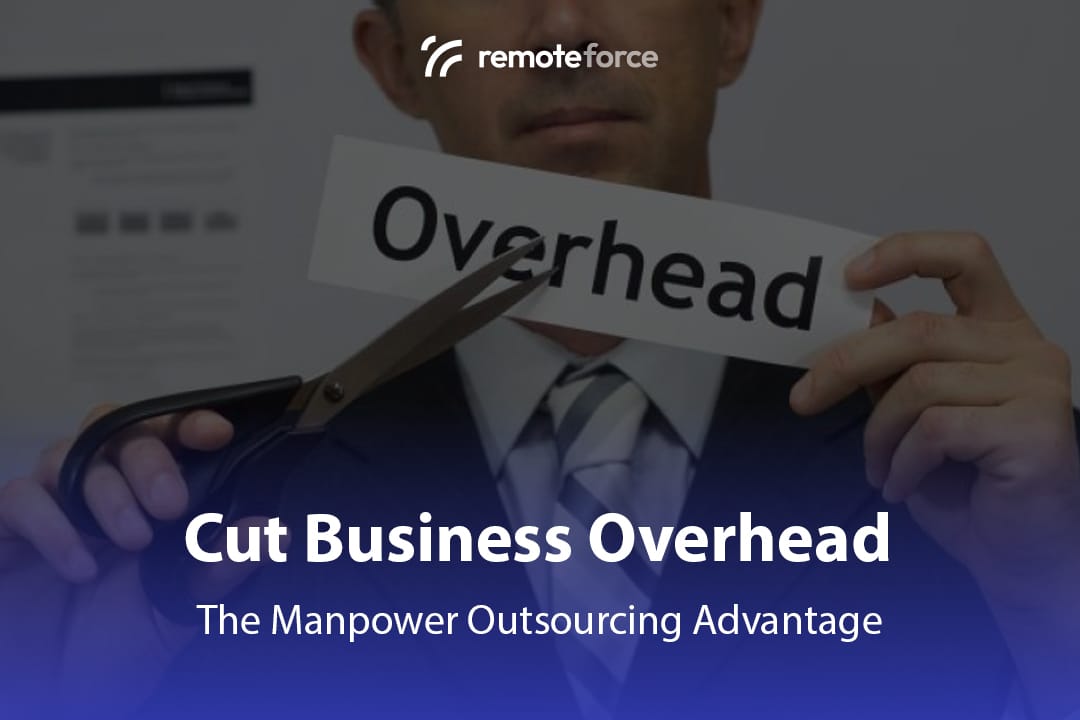When considering HR Outsourcing (HRO) or engaging a specialized vendor for manpower services, one of the most critical questions is: How will we be charged?
While models like Fixed Price and Time & Material exist, the dominant pricing structure in the Human Resources Outsourcing sector is the PMPM Model, which stands for Per-Employee, Per-Month. This model offers clear predictability and scalability, but requires careful evaluation to determine the true cost of service.
This guide explains the PMPM model, breaks down the factors influencing the price, and provides tips for estimating your HR outsourcing budget.
Table of Contents
ToggleWhat is the PMPM Pricing Model?
The PMPM (Per-Employee, Per-Month) model is a transparent fee structure where the client pays a fixed monthly rate for every employee covered by the outsourcing service.
This model is popular because it ties the cost directly to the size of the workforce being managed, making budgeting straightforward and highly scalable.
Key Characteristics of PMPM:
- Fixed Rate: The fee is typically a single, flat dollar amount (e.g., $50 PMPM) or a tiered rate based on employee volume.
- Predictability: Costs increase or decrease predictably based on your actual headcount each month.
- Inclusion: The PMPM rate usually bundles various services (payroll, benefits administration, compliance) into one easily digestible figure.
The Components Driving the PMPM Rate
The PMPM price is not arbitrary; it is calculated based on the scope of services required and the complexity of your organization. Here are the major factors that inflate or deflate the rate:
1. Scope of Services (The “Bundle”)
The most significant factor is what services are included in the PMPM fee. HRO can range from simple payroll processing to full administrative and strategic support.
| Service Level | PMPM Impact | Typical Inclusions |
|---|---|---|
| Administrative Only (Low) | Lower Rate | Payroll, tax filing, basic benefits administration, system access. |
| Comprehensive (Medium) | Mid-Range Rate | All administrative services plus compliance management, onboarding/offboarding, basic employee relations support. |
| Strategic (High) | Highest Rate | All comprehensive services plus talent management, performance review support, learning & development (L&D) platform access, and specialized legal support. |
Tip: Be wary of extremely low PMPM rates, as they often exclude essential services (like year-end tax reporting or complex compliance updates) that will be billed separately.
2. Employee Volume and Turnover Rate
- Volume: Economies of scale apply. A company outsourcing HR for 500 employees will typically receive a significantly lower PMPM rate than a startup with 50 employees.
- Turnover: High employee turnover increases the workload on the HRO vendor (more onboarding, offboarding, and documentation). Vendors often factor this high churn risk into a higher PMPM rate.
3. Industry and Regulatory Complexity
The cost is higher for industries with complex regulations, high risk, and specialized reporting requirements.
- High Complexity: Industries like finance, healthcare, or government-contracted work (which may require certified IT or Legal compliance experts) will have higher rates due to the required rigor and expertise.
- Geographic Complexity: If your workforce spans multiple jurisdictions (different states or countries), the PMPM rate increases to cover compliance with diverse labor laws, tax regulations, and benefits structures.
4. Technology and Platform Access
Vendors often include access to their proprietary HR Information System (HRIS) or payroll software in the PMPM fee. The sophistication and functionality of this technology (e.g., mobile apps, self-service portals, advanced analytics) directly influence the rate.
Calculating the True Cost of HR Outsourcing
To accurately budget for HRO, you must move beyond the basic PMPM figure and calculate the total annual cost.
Step 1: Calculate the Base PMPM Cost
Multiply the PMPM rate by your average monthly headcount.
Base Monthly Cost=PMPM Rate×Number of EmployeesBase Annual Cost=Base Monthly Cost×12
Step 2: Account for Non-PMPM Fees (Hidden Costs)
Many services are not bundled into the PMPM rate and are billed as a one-time or annual surcharge. Ensure your contract clearly itemizes these:
- Implementation/Setup Fee: A one-time fee to migrate your data and set up the system.
- Annual Renewals/Licensing: Fees for software or compliance services.
- Off-Cycle Payroll Runs: Additional charges for emergency payrolls.
- Special Projects: Fees for creating an employee handbook, conducting internal audits, or managing complex terminations.
Step 3: Estimate Cost Savings (The Value)
Remember that outsourcing eliminates internal costs. Subtract the estimated savings from your Total Annual Cost:
- Savings from reduced need for internal HR software licenses.
- Savings from the reduction in FTE (Full-Time Equivalent) internal HR staff (e.g., no need for a dedicated payroll clerk).
- Savings from avoided compliance fines due to expert management.
True Cost=(Base Annual Cost+Annual Non-PMPM Fees)−Estimated Annual Savings
Expert Tips for Negotiating the PMPM Rate
- Define the Scope Rigidly: Before requesting a quote, define exactly what services you need and what you don’t need. Only pay for the features you will use.
- Negotiate Volume Tiers: Ask the vendor for tiered pricing based on headcount milestones (e.g., a discount for every 100 employees added).
- Challenge the Non-PMPM Fees: These “extra” fees can often be negotiated down or entirely eliminated, particularly the initial setup fee.
- Confirm the Employee Definition: Ensure the contract clearly defines an “employee” (e.g., is a part-time worker counted as a full employee?).
Conclusion
The PMPM model provides a clear, scalable framework for budgeting your HR outsourcing needs. However, a careful audit of the services included and the potential hidden fees is paramount to calculating the true, comprehensive cost. Choosing the right vendor is about finding a balance between cost-effectiveness and high-quality, compliant service.
At RemoteForce, we understand that trust begins with transparency. While we specialize in providing outsourced manpower across technical and professional fields—including certified accounting, legal, and secretarial experts—we partner only with vendors whose pricing models, including PMPM, are clear, ethical, and fully compliant with all labor laws. This allows you to scale your team with financial clarity and peace of mind. Ready to build a high-performing team without the complex overhead?




